Have you discovered yet how you can combat skin aging with red-light therapy? More and more people are discovering what science has already proven, namely that the skin rejuvenates when exposed to two forms of red light.
For the opposite of rejuvenation, namely skin aging or damaging your skin, you don’t have to do anything at all. Unfortunately, that happens naturally. You may be able to slightly mitigate the effects with some skincare here and there, and that’s fine – I do that too. But just imagine being able to assist your skin from deep within. That’s possible with red-light therapy.
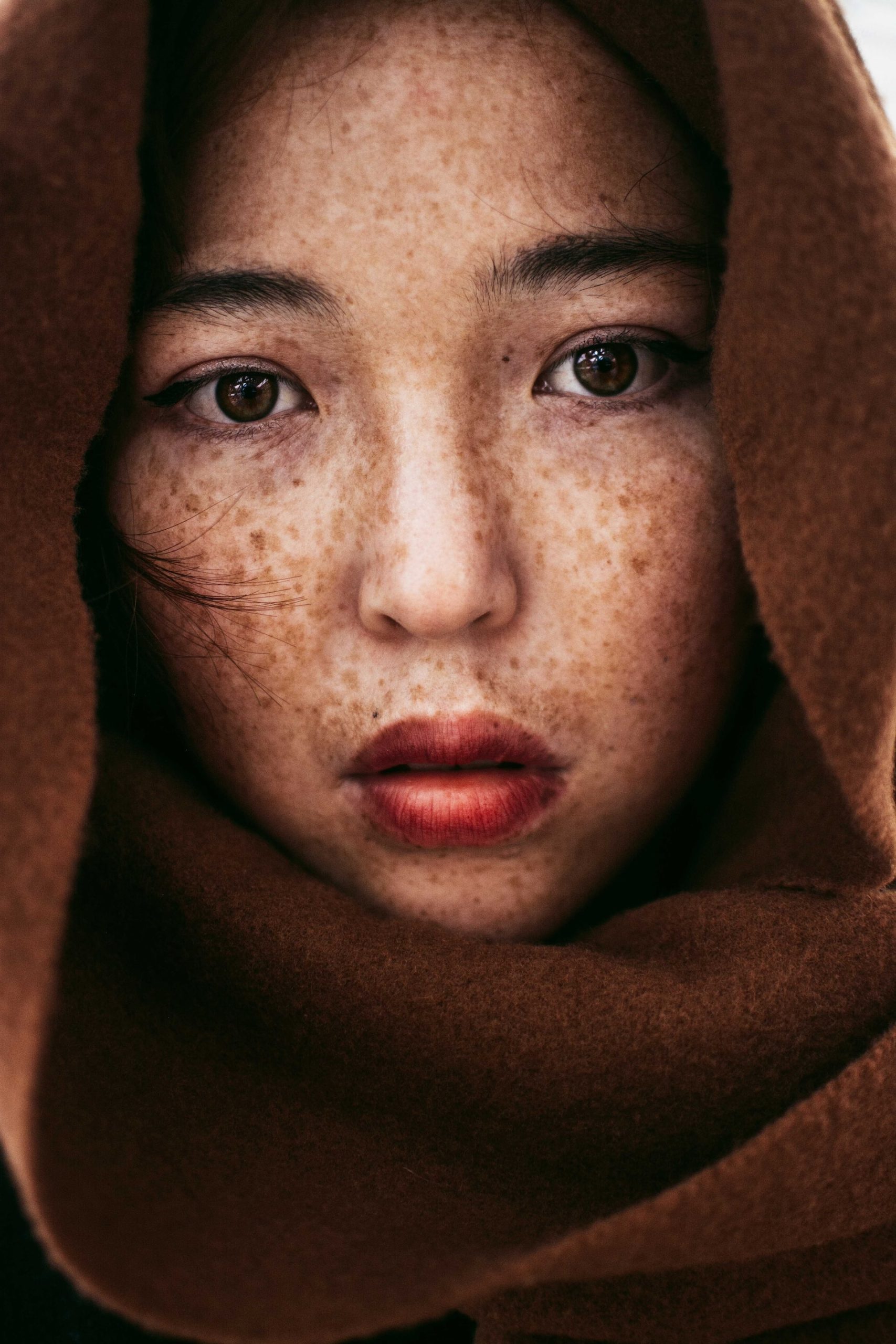
Red-light therapy is gaining more attention, and rightly so. It is a valuable intervention that can enhance your overall health. A part of your health is visible in your skin. Reality check: the quality of that visibility doesn’t improve as time goes on. It’s the logical consequence of not only aging but also external factors, such as excessive sunlight or maybe even insufficient sunlight. Can there be too little light?
The best of the sun
In autumn and winter we lack light. We notice it in everything, for example in how we feel, which is not a good feeling. If you closely examine how this exactly works, you will naturally come across cells. They are capable of nourishing themselves with food but also with light. And if that light is absent, it has consequences for our energy metabolism and the quality of life, which then rapidly declines. Fortunately the darkness of winter is always followed by the brighter days of spring and summer. So, make sure to spend time in the sun, but be cautious of skin aging. With red-light therapy, you have the benefits of the sun without the drawbacks, such as skin rejuvenation instead of skin aging. That is possible because red-light therapy offers you the best of the sun, namely only the healing light frequencies. Good for your overall well-being, and therefore good for the skin too?
What red-light therapy can do for the skin
The skin, our biggest organ, needs care and attention. So, give your skin what it needs with skincare, but certainly also with red-light therapy. How does it work?
Imagine lying under a panel with many specialised LED lamps that emit an incredible amount of red light towards you. Ten minutes a day is already sufficient to have an effect. With your eyes closed, it feels like a sunny summer day, an effect that is enhanced by the pleasant warmth you experience. It is a different type of light than that of an infrared sauna – that is intense heat.
In terms of the light spectrum, it is called far-infrared. It is perfectly healthy but quite different from the light in the panels. That light consists of two forms, together in one panel: near-infrared and red. This light is not hot but pleasantly warm, and its effectiveness lies in the fact that it penetrates six to eight centimeters into your body and works on, among other things, a healthier skin with fewer wrinkles.
Red-light therapy charges the powerhouses of the cells, the so-called mitochondria, allowing the cells to perform better. This has a rejuvenating effect. It also increases the amount of melatonin in the cells, which remains there. It’s not that melatonin gives you the feeling of wanting to sleep. The melatonin is used in the cell to manage the increased energy production in a healthy way, resulting in better skin.
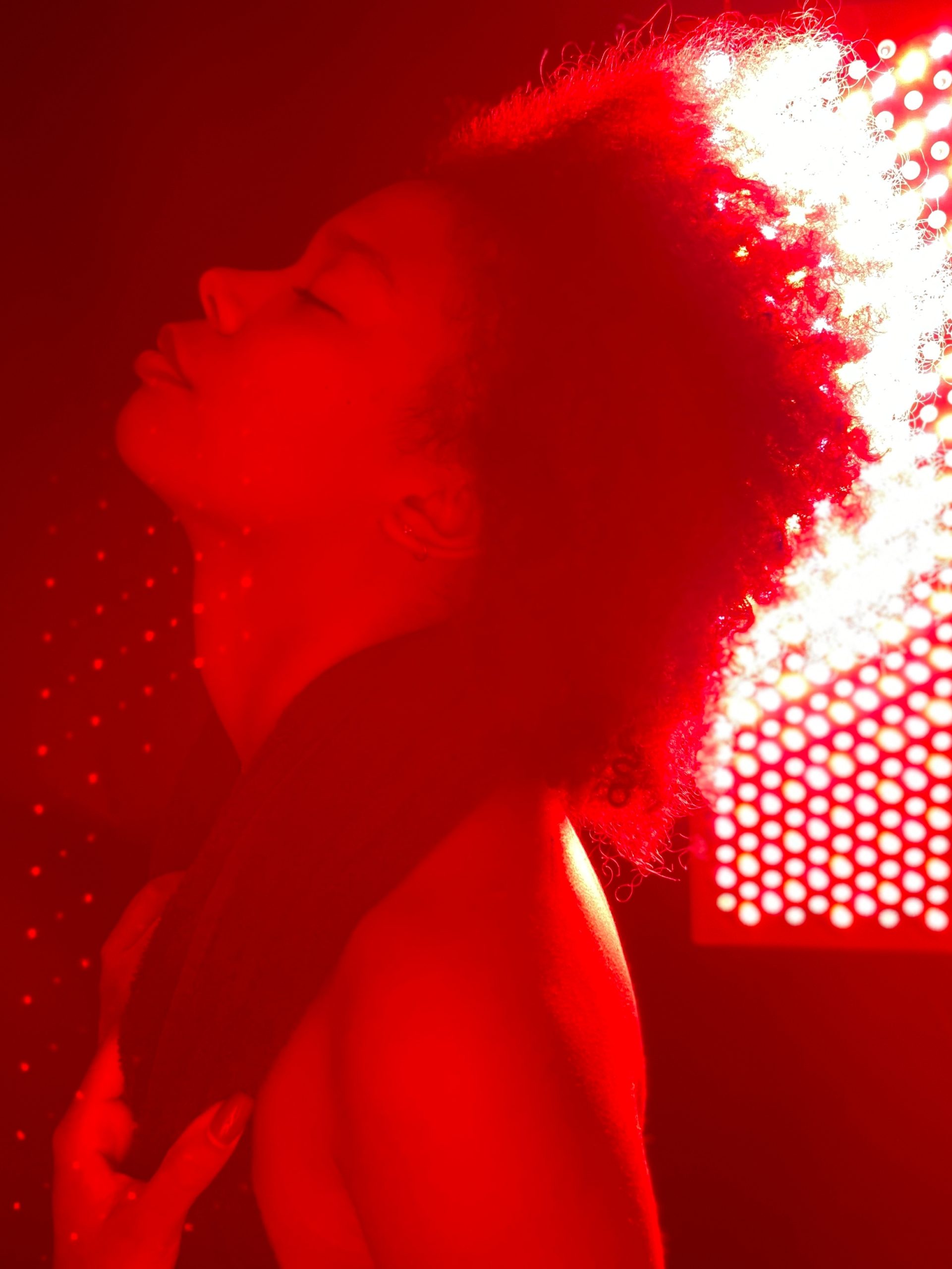
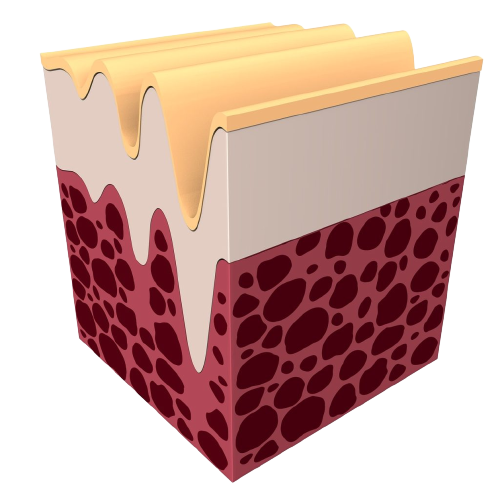
More collagen in the skin means firmer skin
One of the ways in which red light improves the skin is by promoting collagen production. Collagen is the essential substance for the skin that decreases as we age. As a result, the underlying structure of the skin weakens and becomes wrinkled. You can intervene in this process with red light. The effects are so profound that even in the case of a wound, accelerated wound healing occurs. Is this only visible to people who deeply believe in it? Fortunately not, these effects are also observed in “non-believing” animals. Research shows that wounds of dogs healed faster when exposed to red light. Similar results are seen in injured soldiers, as observed by American professor Harry Whelan, who conducted extensive research on red light.
Collagen and elastic elastin are produced to a greater extent in a body nourished with red light. At the same time, the number of very small blood vessels also increases, allowing more oxygen and nutrients to become available. This is noticeable in the quality of the skin. It’s not surprising that skin specialists and skincare salons use red light for their patients and clients, and some of them even have the equipment at home. Then they can use it every day at home to help prevent or reduce wrinkles and cellulite. By the way, this is not just theory or wishful thinking, research shows that this is indeed the result of treatments with red light.
Self-healing ability
The possibility of supporting the skin ultimately goes back to the miraculous phenomenon of the human body’s self-healing ability. If there were a device or machine with such abilities, it would make headlines, but when it comes to our splendid and vulnerable bodies, we assume without question that bone fractures heal, wounds recover, and traumas are processed. These unique human characteristics are something to be grateful for and to support whenever possible, so that the body can do its job even better. What you need for that is a healthy lifestyle, including the use of red light. With red light, you provide the body with energy and tools to optimise its self-healing ability.
Red-light therapy “stimulates collagen production, the formation of fibroblasts (collagen-producing cells), has anti-inflammatory effects, increases energy production in the mitochondria, and stimulates DNA repair,” writes American biohacker Ari Whitten. He adds that “numerous studies show that red and near-infrared light is capable of reversing signs of aging, repairing UV damage, and reducing the visibility of wrinkles, facial lines, and even scars.”
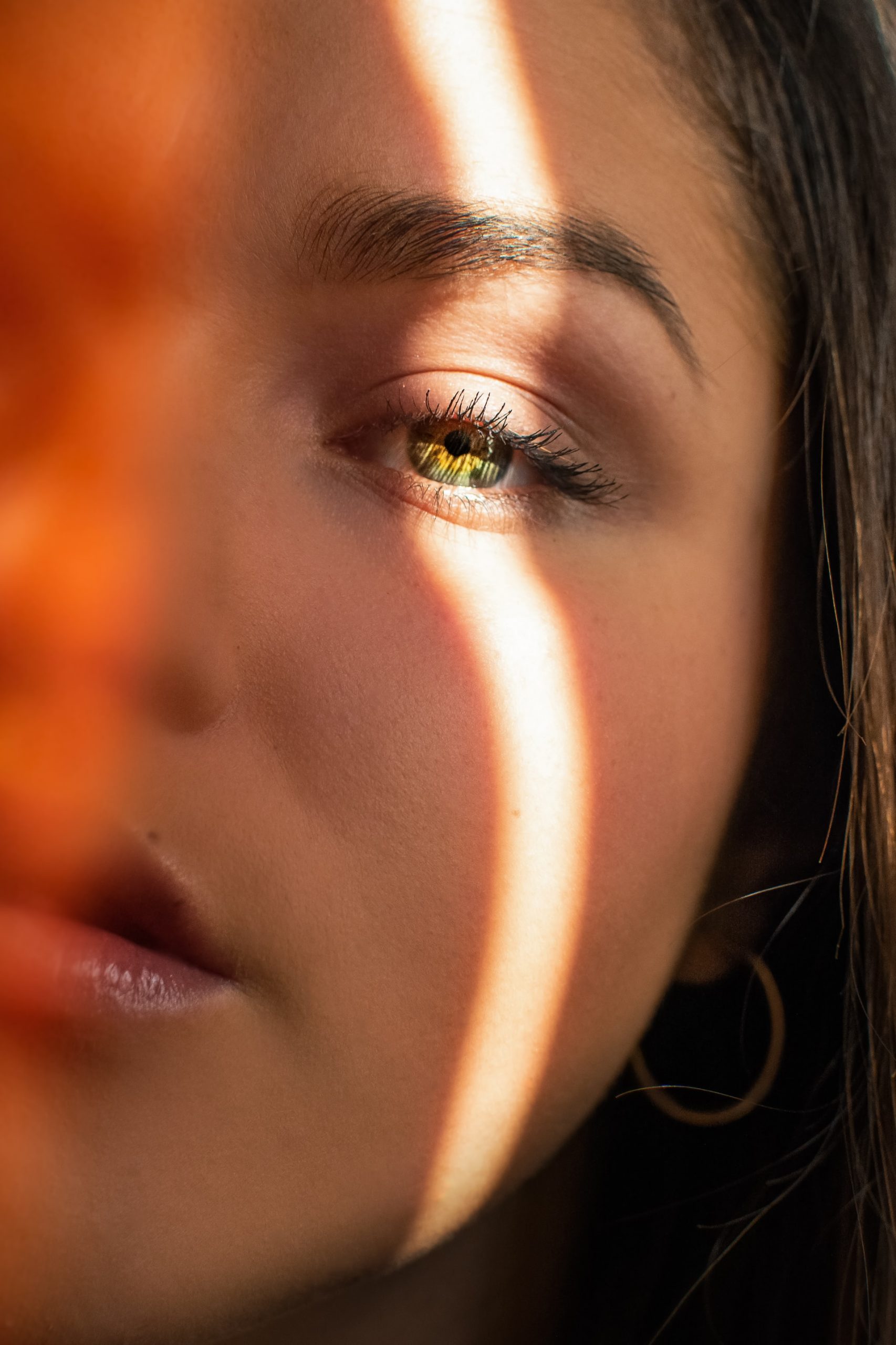
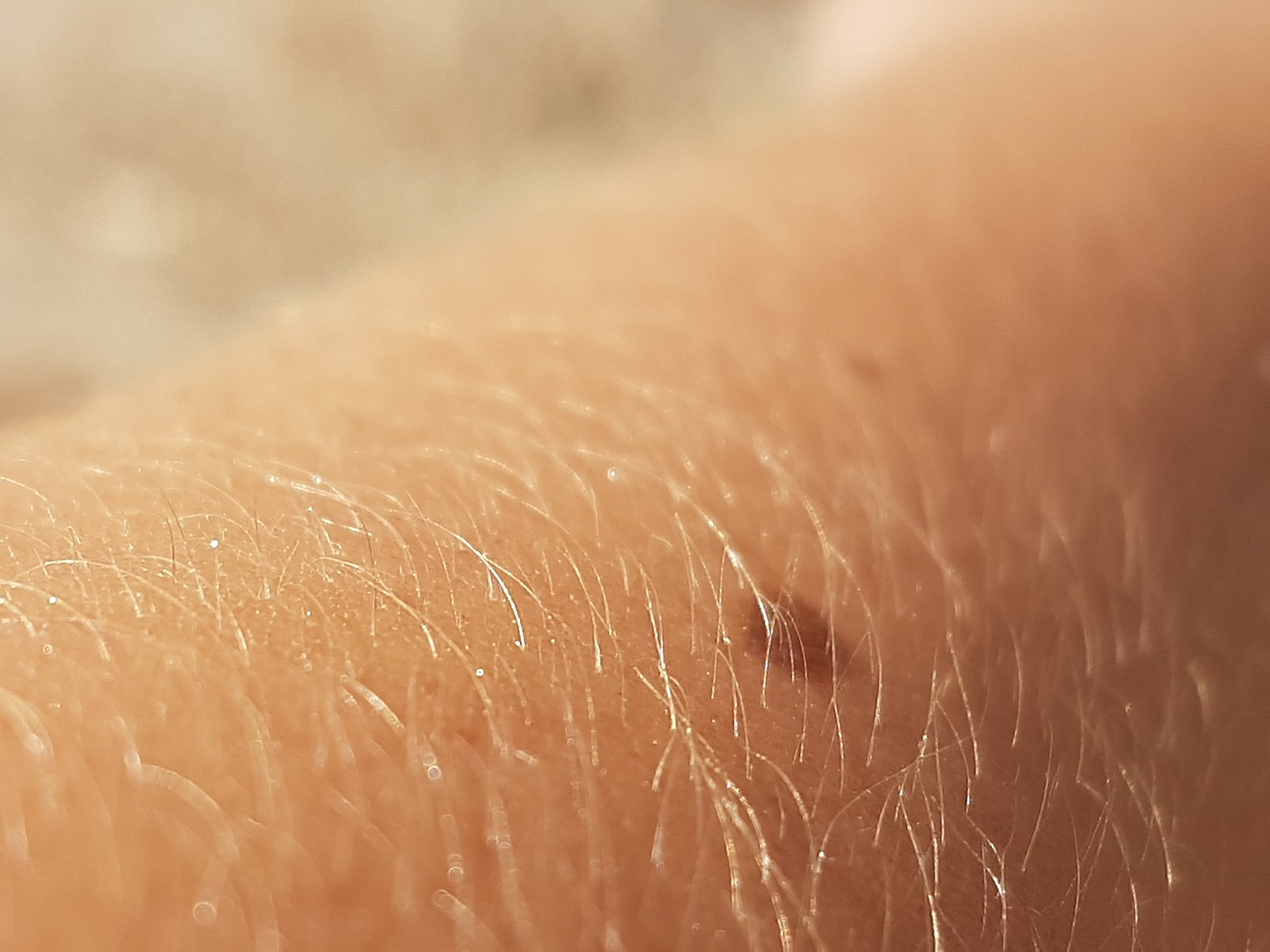
Solid scientific evidence
Several books have been written about red-light therapy, and the scientific research on it keeps coming. Despite the fact that there have been more than 5,000 peer-reviewed studies, not to mention other forms of research, the number has now exceeded ten thousand. Red-light therapy is in the spotlight. One of the most well-known books about it is by the aforementioned Ari Whitten, someone who is well aware of the most advanced methods to improve the quality of life. He extensively writes about the benefits of red light for the skin, also citing Harvard professor Michael Hamblin. Hamblin is someone who not only knows a lot about red-light therapy – also known as photobiomodulation or LLT, low level laser therapy – but also conducts research on it.
Professor Hamblin highlights the benefits of red-light therapy for the skin, for example, when it comes to psoriasis and acne, but also because it strengthens the skin. One of the benefits is that the light has been shown to increase collagen production, sometimes by over thirty percent. It’s not just the researchers who observe the improvements; the participants also see and feel them. Whitten says that red light is one of the few and most powerful ways to tackle cellulite and describes red-light therapy as an “extraordinarily powerful tool” when it comes to the skin.
Sources
– Hamblin MR. Mechanisms and applications of the anti-inflammatory effects of photobiomodulation. AIMS Biophys. 2017;4(3):337-361. doi: 10.3934/biophy.2017.3.337.- Avci P, Gupta A, Sadasivam M, et al. Low-level laser (light) therapy (LLLT) in skin: stimulating, healing, restoring. Semin Cutan Med Surg. 2013 Mar;32(1):41-52. doi: 10.12788/j.sder.0017.
– Lee SY, Park KH, Choi JW, et al. A prospective, randomized, placebo-controlled, double-blinded, and split-face clinical study on LED phototherapy for skin rejuvenation: clinical, profilometric, histologic, ultrastructural, and biochemical evaluations and comparison of three different treatment settings. J Photochem Photobiol B. 2007 Dec 3;88(1):51-67. doi: 10.1016/j.jphotobiol.2007.08.003.
– Rhee YH, Ahn JC. Effect of 830 nm light-emitting diode (LED) phototherapy on wound healing after dental extraction: a randomized controlled clinical trial. Photomed Laser Surg. 2013 Jul;31(7):327-34. doi: 10.1089/pho.2012.3409.
– Peplow PV. A review of the mechanisms of action of red and near-infrared light therapy in tissue repair, regeneration, and inflammation. Photomed Laser Surg. 2014 Mar;32(3):125-43. doi: 10.1089/pho.2013.3616.
– Kim WS, Calderhead RG. Is light-emitting diode phototherapy (LED-LLLT) really effective? Laser Ther. 2011;20(3):205-215. doi: 10.5978/islsm.20.205.
– Whelan HT, Buchmann EV, Dhokalia A, et al. Effect of NASA light-emitting diode irradiation on wound healing. J Clin Laser Med Surg. 2001;19(6):305-314. doi: 10.1089/104454701753342758.
– NASA Light-Emitting Diode Technology Brings Relief In Clinical Trials.
– The Ultimate Guide To Red Light Therapy: How to Use Red and Near-Infrared Light Therapy for Anti-Aging, Fat Loss, Muscle Gain, Performance, and Brain Optimization, Ari Whitten
– Red Light Therapy: Miracle Medicine, Mark Sloan